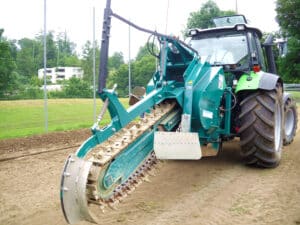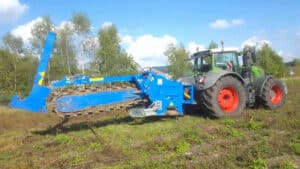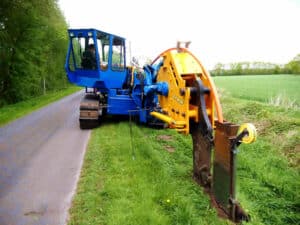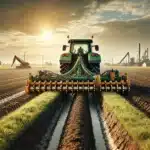
What are soil classes and how do they affect soil cultivation?
In tillage, it is important to understand soil classes and consider their impact on tillage practices. Soil classes are a classification method based on the properties of the soil. They help to better understand the soil and take the right measures for cultivation and maintenance. In this article, we will take a closer look at what soil classes are and how they affect tillage.
-
What are soil classes? Soil classes are a way to categorize and classify different soil types. They are based on various factors such as the grain size, composition, organic content and drainage capacity of the soil. By classifying soils into soil classes, farmers, gardeners and landscapers can better analyze the soil and select the appropriate tillage techniques.
-
Impact on tillage: soil classes have a direct impact on the tillage techniques that should be used. Depending on the soil class, tillage may have different requirements. Here are some examples:
-
Sandy soil: Sandy soil has large grains and low water holding capacity. It has good permeability, but allows water and nutrients to drain away quickly. When working sandy soils, it is important to add organic matter to improve water holding capacity and increase soil fertility.
-
Loamy soil: Loamy soil has smaller particles and high water holding capacity. It can become heavy and sticky when wet. When tilling clayey soils, it is important not to compact them too much and to take measures to improve drainage to avoid waterlogging.
-
Clayey soil: Clayey soil has the smallest particles and very high water holding capacity. It can be highly compacted and poorly permeable. When working clayey soils, it is important to ensure good soil aeration and take measures to improve permeability.
-
Mixed soil: Mixed soils contain a combination of sand, clay and loam. Depending on the proportion of the different components, the tillage may vary. It is important to analyze the mixed soil and consider the specific requirements.
- Soil classes determine the choice of machines and tools: Soil classes also influence the choice of machines and tools for soil cultivation. Depending on the soil class, certain machines may be more effective than others. For example, a tiller or cultivator can be used to work sandy soils, while a plow or harrow can be used for clayey soils.
Conclusion: Soil classes play a decisive role in soil cultivation. They help to better understand the soil and select the appropriate tillage methods. By adapting the processing techniques to the specific requirements of the soil classes, better results can be achieved. If you want to work the soil, it is important to analyze the soil classes and take the right measures to improve soil quality and fertility.
- Soil class 1: Topsoil
- Soil class 2: Flowing soil types
- Soil class 3: Easily soluble soil types
- Soil class 4: Soil types with medium solubility
- Soil class 5: Soil types that are difficult to dissolve
- Soil class 6: Easily soluble rock and comparable soil types
- Soil class 7: Hardly soluble rock





























































